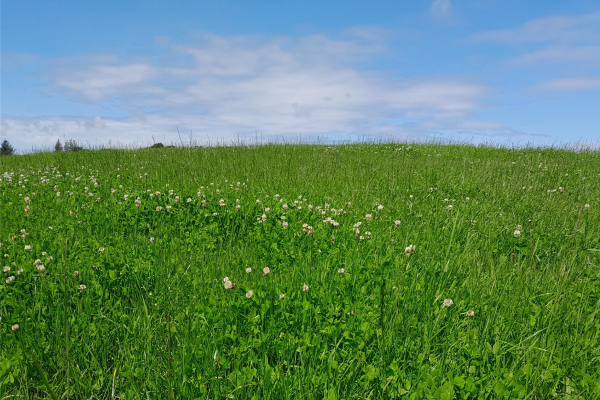Holistic Management: Part 1 – Introduction
7 March 2024This is the first of a four-part series exploring Holistic Management. In this article we take a look at the development of Holistic Grazing Management. The other articles in this series will explore the Holistic Decision Making Framework, Holistic Context, and Holistic Planning
Holistic Management, in particular Holistic Planned Grazing, came to the attention of many when its creator Allan Savory did a talk on it at the TED Conference in 2013:
Allan explains how livestock grazing is often demonised as being a major factor behind climate change and desertification but this is incorrect, livestock is not the problem, it is part of the solution. It is our mismanagement of resources and how we graze livestock that is the issue.
The Four Key Insights For Grassland
During his career as an ecologist in Africa, Allan saw how through the removal of people and grazing animals, including extermination of 40,000 elephants, in National Parks that the former opinion was incorrect because desertification in fact increased in these areas. This finding was also mirrored in many areas in the United States where stock had been excluded.
Through observations and reflections, Allan, working with others, developed what was termed the four key insights, patterns, that keep grassland in good health, prevent desertification and promote productivity:
- Nature functions in wholes
- The brittleness scale
- Predator-prey connection
- Plant and soil recovery time
The brittleness scale (1-10) reflects how well humidity is distributed through the year and how quickly vegetation breaks down. The level of brittleness (1 – evergreen tropical rain forest, 10 – true desert) impacts how an environment responds to influences and management such as grazing.
What Allan observed in brittle environments was that over-grazing by livestock leads to bare ground, poor water retention and desertification. However equally removing grazing altogether also leads to desertification. This is because in such dry environments, biological decay doesn’t occur without grazing animals, but leads instead to oxidation of dead material in the absence of biological decay. This, in turn leads to deterioration in plant communities and bare ground emerges.
A Shift Away From Continuous Grazing
The solution they found was to shift away from continuous grazing to a grazing system that mimics herds of migratory ruminants. This means, periods of short duration high stock density grazing, followed by long rest periods between grazing to allow full plant root recovery. With the animal’s saliva, urine and faeces stimulating biological breakdown of plant matter and greater herd impact creating a strong trampling effect leading to better ground cover and returning organic matter to the soil.
Allan however recognised that a grazing strategy alone was not sufficient to tackle natures complexity, or the social, environmental and economic complexity required to keep the human population on the land.
From this observation emerged the development of the Holistic Management Decision Making Framework and the four planning and monitoring procedures for land managers of Holistic- Financial Planning; Planned Grazing, Ecological Monitoring; Land Planning. We’ll discuss these further in the rest of this four part series.
A free introductory eBook, The Foundations of Holistic Management, is available through the Savory Institute website for those who would like to learn more: Savory Institute - Free eBook
Author: Daniel Stout, SAC Sheep and Grassland Specialist
Sign up to the FAS newsletter
Receive updates on news, events and publications from Scotland’s Farm Advisory Service

